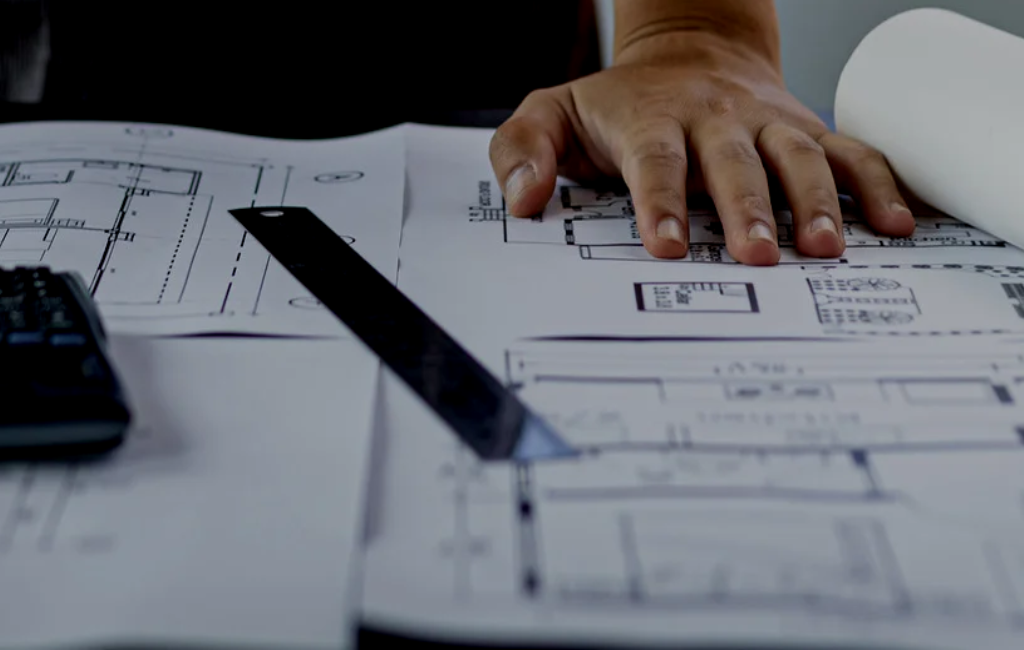
Architect Crafts Sustainable Projects
-
Table of Contents
- Architect Crafts Sustainable Projects
- The Importance of Sustainable Architecture
- Environmental Benefits
- Economic Advantages
- Key Strategies in Sustainable Architecture
- Energy Efficiency
- Material Selection
- Innovative Design Techniques
- Case Studies of Sustainable Architecture
- The Edge, Amsterdam
- Bullitt Center, Seattle
- One Central Park, Sydney
- Statistics on Sustainable Architecture
- Conclusion
Architect Crafts Sustainable Projects
In recent years, the focus on sustainability in architecture has grown significantly. Architects are now more committed than ever to creating buildings that are not only aesthetically pleasing but also environmentally responsible. This article explores the various ways architects are crafting sustainable projects, highlighting key examples, case studies, and statistics.
The Importance of Sustainable Architecture
Sustainable architecture aims to minimize the negative environmental impact of buildings by enhancing efficiency and moderation in the use of materials, energy, and development space. This approach is becoming increasingly important as the world faces challenges such as climate change, resource depletion, and urbanization.
Environmental Benefits
One of the primary benefits of sustainable architecture is the reduction of carbon footprints. Buildings account for a significant portion of global energy consumption and greenhouse gas emissions. By incorporating sustainable practices, architects can help reduce these impacts.
- Energy-efficient designs
- Use of renewable energy sources
- Reduction in waste production
Economic Advantages
Sustainable buildings often result in cost savings over time. Although the initial investment may be higher, the long-term benefits include reduced energy bills, lower maintenance costs, and increased property value.
- Lower energy costs
- Reduced maintenance expenses
- Higher resale value
Key Strategies in Sustainable Architecture
Architects employ various strategies to achieve sustainability in their projects. These strategies focus on energy efficiency, material selection, and innovative design techniques.
Energy Efficiency
Energy efficiency is a cornerstone of sustainable architecture. By designing buildings that use less energy, architects can significantly reduce their environmental impact.
- Passive solar design
- High-performance insulation
- Energy-efficient lighting and appliances
Material Selection
The choice of materials plays a crucial role in sustainable architecture. Architects are increasingly opting for materials that are renewable, recyclable, and have a low environmental impact.
- Recycled steel and concrete
- Bamboo and other renewable resources
- Low-VOC (volatile organic compounds) paints and finishes
Innovative Design Techniques
Innovative design techniques can enhance the sustainability of a building. These techniques often involve creative solutions that maximize natural light, ventilation, and other environmental factors.
- Green roofs and walls
- Natural ventilation systems
- Daylighting strategies
Case Studies of Sustainable Architecture
Several notable projects exemplify the principles of sustainable architecture. These case studies highlight the diverse approaches architects can take to create environmentally responsible buildings.
The Edge, Amsterdam
The Edge in Amsterdam is often cited as one of the most sustainable office buildings in the world. Designed by PLP Architecture, this building features a range of sustainable technologies, including solar panels, rainwater harvesting, and an advanced energy management system.
- Energy-neutral design
- Smart lighting and climate control
- Use of recycled materials
Bullitt Center, Seattle
The Bullitt Center in Seattle is another example of sustainable architecture. Designed by Miller Hull Partnership, this building aims to be the greenest commercial building in the world. It features a range of sustainable technologies and practices.
- Net-zero energy consumption
- Rainwater harvesting and greywater recycling
- Use of non-toxic materials
One Central Park, Sydney
One Central Park in Sydney, designed by Jean Nouvel and PTW Architects, is a mixed-use development that incorporates a range of sustainable features. The building is known for its vertical gardens, which help to reduce the urban heat island effect and improve air quality.
- Green walls and rooftop gardens
- Energy-efficient lighting and appliances
- Water recycling systems
Statistics on Sustainable Architecture
Statistics provide a clear picture of the impact and growth of sustainable architecture. These numbers highlight the increasing adoption of sustainable practices in the construction industry.
- According to the World Green Building Council, green buildings can reduce energy use by 30-50%.
- The U.S. Green Building Council reports that LEED-certified buildings have saved over $1.2 billion in energy costs since 2015.
- A study by Dodge Data & Analytics found that 47% of construction firms expect to build more than 60% of their projects as green buildings by 2021.
Conclusion
Sustainable architecture is not just a trend but a necessary evolution in the field of construction. By focusing on energy efficiency, material selection, and innovative design techniques, architects can create buildings that are both beautiful and environmentally responsible. The examples and statistics provided in this article demonstrate the significant impact that sustainable architecture can have on our world. As the demand for sustainable buildings continues to grow, architects will play a pivotal role in shaping a more sustainable future.
- Gold IRAs Explained: What Sets Leading Business Apart?
- A Look at Popular Brands That Sell Quality Mushroom Coffees Online
- Opening the Perks of THCA: What You Required to Know
- From Barking to Blissful: Making Use Of CBD to Fight Pet Anxiousness
- The Growing Fad of CBD for Family Pets: What Proprietors Ought To Think about